Writing a Great Movie
KEY TOOLS FOR SUCCESSFUL SCREENWRITING
Jeff Kitchen
BISTRO PUBLISHING COMPANY
ACKNOWLEDGMENTS
Id like to thank my wife, Hope Mineo, as well as Bob Nirkind, Amy Dorta, Leah Lococo, Katherine Happ, Rita Rosenkranz, Cheri Smith, Steven Dietz, Bill Kitchen, Irving Fiske, and William Thompson Price.
Executive Editor: Bob Nirkind
Project Editor: Amy Dorta
Production Manager: Katherine Happ
Graphic Design/Production: imacdesign.wordpress.com
Copyright 2006 by Jeffrey W. Kitchen
Bistro Publications
1112 Montana, Avenue, Suite 613
Santa Monica, CA 90403
ISBN-13: 978-0-8230-6978-1
ISBN-10: 0-8230-6978-8
Library of Congress Control Number: 2006923457
All rights reserved. No part of this publication may be reproduced or used in any form or by any meansgraphic, electronic, or mechanical, including photocopying, recording, or information storage and retrieval systems without the written permission of the publisher.
Good Old St. Nick is registered at the WGA #955138.
Brief quotations as submitted from pp. 6, 58, 68, 106 from On Directing Film by David Mamet, copyright 1991 by David Mamet. Used by permission of Viking Penguin, a division of Penguin Group (USA) Inc.
Brief quotation from Actors Turned Directors by Jon Stevens. Published by Silman-James Press.
Brief quotations as submitted from pp. 16, 23, 85 from Playwriting: How to Write for the Theatre by Bernard Grebanier. Copyright 1961 Harper & Row, Publishers, Inc. Reprinted by permission of HarperCollins Publishers.
Riso-Hudson Enneagram Type Names and Descriptions. Copyright 2005, The Enneagram Institute, All Rights Reserved. Used with Permission.
Doom Eager: Writing What You Need to Know by Steven Dietz. Used by permission. 1990 by Steven John Dietz. All rights reserved.
Printed in the U.S.A. First printing, 2006 1 2 3 4 5 6 7 8 9 1 0
Table of Contents
Introduction
Its All About the Audience
The Craft of the Dramatist
PART ONE: THE KEY TOOLS
CHAPTER 1
Dilemma, Crisis, Decision & Action, and Resolution: Dramatizing Your Plot
The Function of Dilemma in Dramatizing a Plot
Becoming a Student of Human Dilemma
Using Dilemma as a Working Tool
Looking Deeper into Dilemma in Training Day
Lets Create a Demo Plot with a Strong Dilemma
The Function of Crisis in Dramatizing a Plot
Lets Add a Decision & Action to Our Demo Plot
The Function of Resolution in Dramatizing a Plot
Lets Add a Resolution to Our Demo Plot
Start Using Dilemma, Crisis, Decision & Action, and Resolution in Your Own Script
CHAPTER 2
Theme: Developing the Heart of Your Story
CHAPTER 3
The 36 Dramatic Situations: Developing and Energizing Your Plot
CHAPTER 4
The Enneagram: Creating Deep, Complex, and Distinct Characters
CHAPTER 5
Research and Brainstorming: Exploring Possibilities and Opening Up Your Story
CHAPTER 6
The Central Proposition: Tying Your Plot Together and Cranking Up the Conflict
CHAPTER 7
Sequence, Proposition, Plot: Constructing and Tightening Your Plot
PART TWO: USING THE KEY TOOLS TO WRITE A GREAT MOVIE
CHAPTER 8
Using Dilemma, Crisis, Decision & Action, and Resolution
CHAPTER 9
Using Theme
CHAPTER 10
Using the 36 Dramatic Situations
CHAPTER 11
Using the Enneagram
CHAPTER 12
Using Research and Brainstorming
CHAPTER 13
Using the Central Proposition
CHAPTER 14
Using Sequence, Proposition, Plot
POST SCRIPT

 hy do screenwriters go to so much trouble writing a script? It all comes down to one word: audience. Its all about the audience. And for the audience, its all about two words: GREAT MOVIE!
hy do screenwriters go to so much trouble writing a script? It all comes down to one word: audience. Its all about the audience. And for the audience, its all about two words: GREAT MOVIE!
This book is a practical manual on how to write a great movie. It will teach you the craft of the dramatist by focusing on a set of Key Tools for the screenwriter to use within the context of a complete working technique. Part One explains how each tool works and provides a short demonstration to help you understand its function, using a series of successful movies Training Day , What Women Want , Minority Report , The Godfather , Tootsie , and Blade Runner to illustrate. I recommend that you watch those six films carefully before reading this book, because knowing them thoroughly will help you learn and internalize these essential tools and techniques.
Part Two consists of the creation, development, and construction of an actual original screenplay, built from scratch. This will give you a clear picture of how to put the tools to use in your own scripts. Starting with an utterly raw idea, I build it up as demonstrated in Part One, with you watching over my shoulder as I wrestle the script into shape. The process is left as unvarnished as possible in order to show you what you must deal with as a writerthe problems, discoveries, wipeouts, eureka moments, puzzles, and black holes that constitute the daily grunt work of building a script. It is crucial to bridge the gap between understanding these tools and being able to apply them successfully to your own partially developed screenplays. Writers of every skill level can learn this material. My intention is to be as useful and practical as possible so that you can consistently write screenplays that work.
Writing a Great Movie focuses on seven Key Tools. These tools come from widely varying sources and are a mixture of classic structural principles and cutting-edge technique. Each tool is explored in one of the seven chapters of Part One, and then demonstrated in the seven chapters of Part Two. The first tool comes from Aristotles observations about what tends to be common to those dramas that successfully grip an audience Dilemma , Crisis , Decision & Action , and Resolution . The next tool, Theme , is connected to this first tool because the way in which the central character or protagonist resolves the dilemma expresses the theme of the script. The third is a powerful brain-storming tool known as the 36 Dramatic Situations , which categorizes storytellings raw elementssuch as madness, disaster, ambition, and sacrificeand helps trigger story possibilities and enliven your creative process. The Enneagram is a highly effective resource for creating and developing dynamic, complex, and realistic characters. This system of personality profiling combines ancient wisdom about human nature with modern psychology; its great for doing character work. Research and Brainstorming are a fifth key part of the complete writing process. The Central Proposition adapts the logic of argumentation to dramatic writing, tying the parts of a script together into a coherent whole and enhancing the conflict. Finally, the three-step process called Sequence, Proposition, Plot is a remarkable tool for actually constructing the mechanics of the plot. It works with reverse cause and effect to tighten a script and keep it on track, as well as with a sophisticated process of conflict mapping that helps create and structure conflict to keep the audience on the edge of their seats.

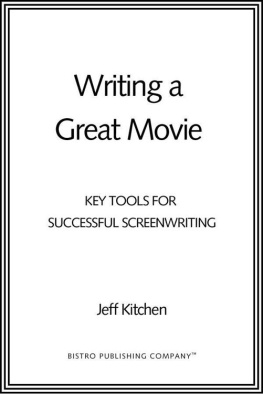
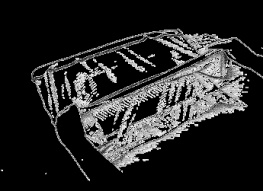

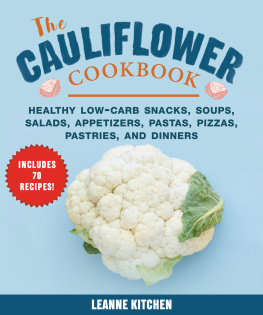

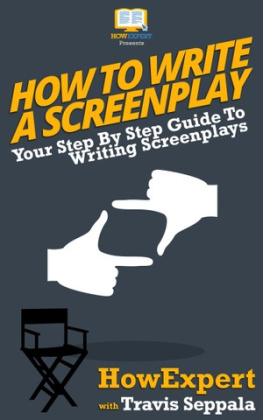


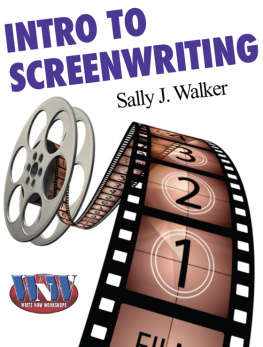
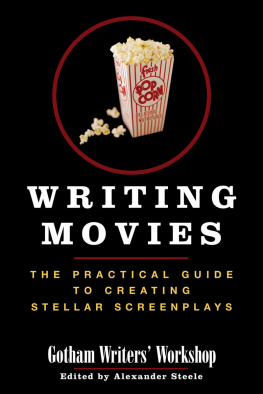
![Watt - The 90-day screenplay : [from concept to polish]](/uploads/posts/book/103527/thumbs/watt-the-90-day-screenplay-from-concept-to.jpg)

 hy do screenwriters go to so much trouble writing a script? It all comes down to one word: audience. Its all about the audience. And for the audience, its all about two words: GREAT MOVIE!
hy do screenwriters go to so much trouble writing a script? It all comes down to one word: audience. Its all about the audience. And for the audience, its all about two words: GREAT MOVIE!